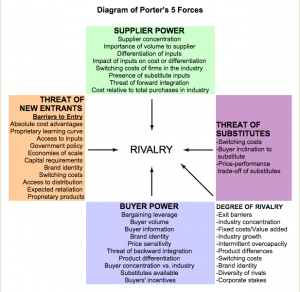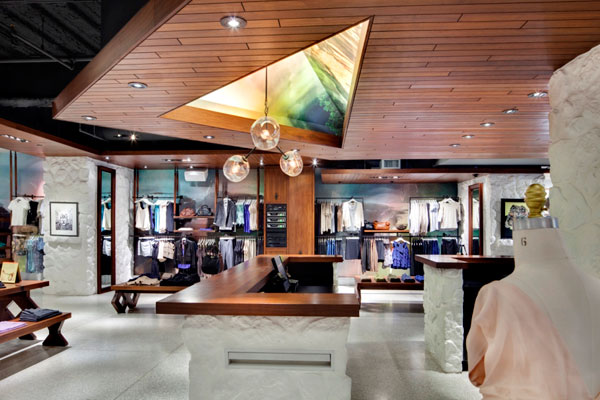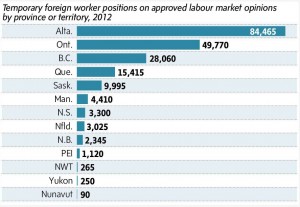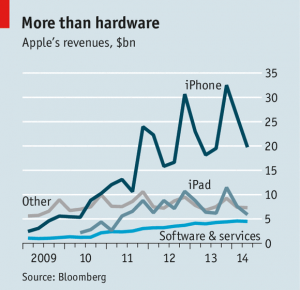Michael Porter created a framework that shows 5 influences on an industry, revolving around the concept of rivalry. These forces exemplify how business managers must develop an edge over rival firms in order for such firm to compete. (Porter’s 5 forces) The threat of substitutes is among Porter’s framework and I believe the threat of substitution is becoming increasingly worrisome for small businesses as they must compete with larger companies that provide cheap alternatives to high-end fashion. A Globe and Mail article expresses the pressure that European businesses are feeling towards discount competitors. I believe this article is relevant in the Canadian fashion industry as well, as big-name companies (such as Forever 21) are able to offer customers cheap, trendy clothing that rivals small businesses attempting to sell similar trends.
With this being said, I believe it is relatively attractive to enter the fashion industry-everyone needs clothes and with online stores, it is becoming increasingly easy to start your own brand. However, the real challenge is creating a brand that resonates well with its customer segment(s) and can survive with the threat of substitution (which is especially prevalent in the fashion industry).
“Sitka is a lifestyle brand” (Sitka) that is focused on trendy yet casual wear for stylish adventures in the beautiful local environment. Founded in Victoria, BC in 2002, Sitka has only 3 stores in Victoria, Vancouver, and New Zealand. This company has a niche market catered to young, higher-income, outdoorsy types of people, which I believe is a relatively difficult customer segment to focus on.
However, I believe that Sitka has been successful as the company has not been shut down due to intense rivalry with similar stores offering products to the same customer segment. Sitka does not have many threats of substitutes as it is such a specific niche-MEC offers practical outdoor-wear, but not in the stylish way Sitka does. I believe that the barriers to enter to the fashion industry is of low difficulty, making Sitka even more attractive as a brand- it continues to sell the same products it started out with, and not changed its mission due external pressures. While suppliers and buyers have relatively high power (as mentioned in Porter’s model), the fact that Sitka provides to such tailored needs has allowed for enormous success and the company has even expanded into having a café in its Victoria location, bringing in even more revenue.
Despite having such a specific niche in the market, I believe Sitka has been successful in its value propositions and its endeavours due to the fact that its consumer market is so narrowly defined. While the fashion industry is an attractive industry to enter, the stylish-outdoors niche is unattractive to enter; Sitka has proved how having a specific niche gives a company a competitive edge, making a relatively unattractive industry to enter seem attractive.
Photos: http://www.quickmba.com/strategy/porter.shtml , http://www.vendhq.com/testimonials/sitka-surf-shop-pos
Sources: http://www.quickmba.com/strategy/porter.shtml , http://sitka.ca/










